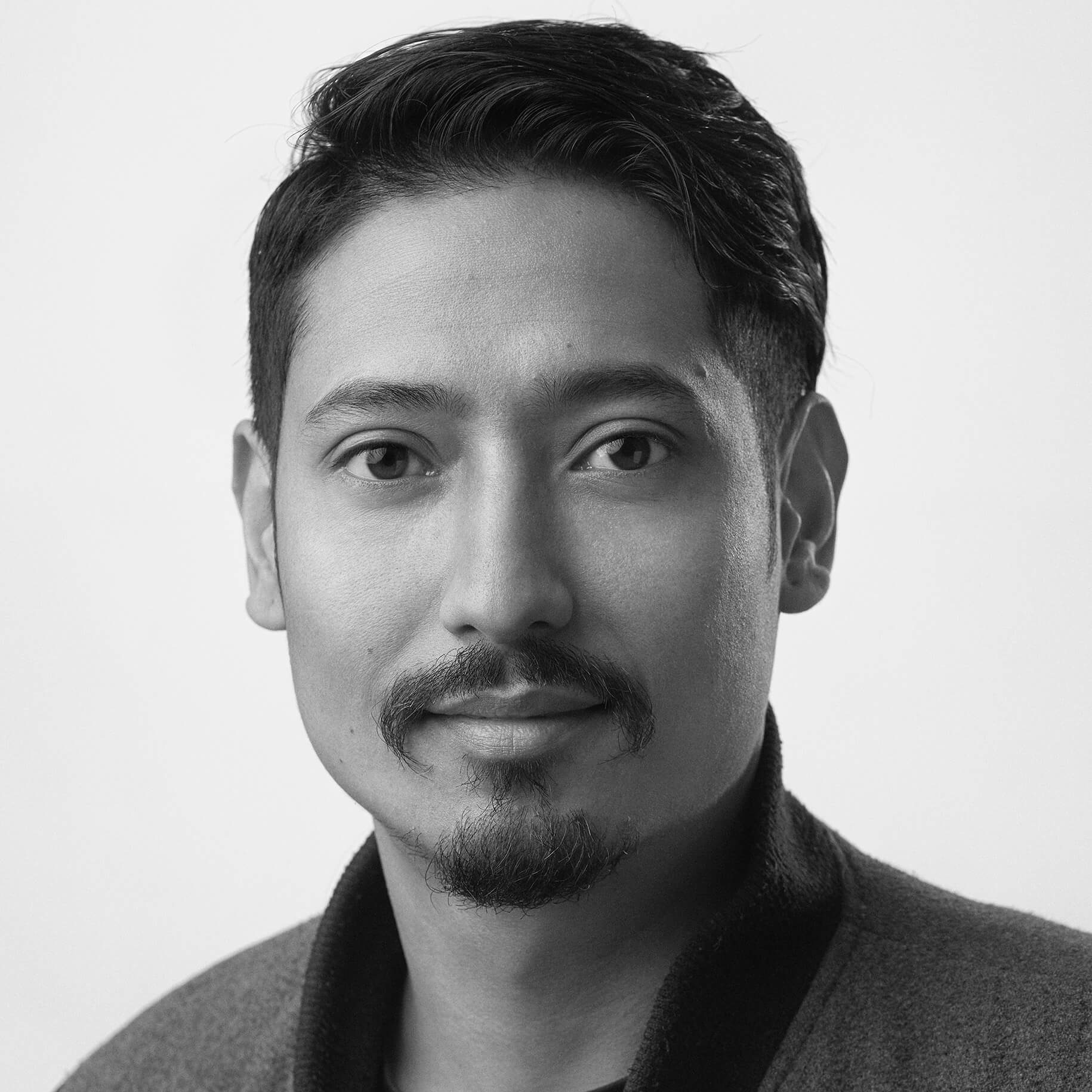
Navesh Chitrakar
Navesh Chitrakar (born 1986) is a Nepali photojournalist whose simple and impactful images have been widely published internationally and gained him renown at home.
Navesh was born and raised in Kathmandu and the city has always been his inspiration. His surname Chitrakar means ‘painter’ in Nepali. There is a close connection between names and professions in Nepal and several of his forefathers and relatives were painters. Navesh himself struggled as a teenager to be a good student and son. It was when he chanced upon photography that he first glimpsed the possibility of a more gainful future through a modern twist on the family profession. His camera has been the making of him.
He started his career in 2009 with the national broadsheet Himalayan Times and the Annapurna Post. He started contributing pictures for Reuters as a stringer in 2009 and when a vacancy opened in 2011, Reuters brought him on board as a photographer in recognition of the quality and wide play of his work.
Working from Nepal, his focus has largely been on news, human interest stories, festivals, culture and lifestyle. He has had the opportunity to cover major news events, such as the devastation to life and world heritage caused by the two major Earthquakes that struck Nepal in 2015. He has also undertaken international assignments in Myanmar (Aung San Suu Kyi’s historic by-election win in 2012), Australia (the 2013 Australia Open in Melbourne), Bangladesh (the Rohingya refugee crisis 2017), Hong Kong (The on going 2019-20 Hong Kong protests) and most recently in Vietnam (Hanoi 2021-Southeast Asian Games)
His 2016 photo story of “Nepal’s Oldest Student” has been his most notable and widely published to date, garnering an honourable mention for Excellence in Photography from the Society of Publishers in Asia in 2017. He is routinely placed in Nepal’s annual Photojournalist Club Photo Competition and has also won the title award of Photo of the Year 2076 (2019). and in 2014 was shortlisted by The Guardian for “Photographer of the Year”.
He lives in Kathmandu with his parents, his wife Binu, and his son Nirek. He considers himself lucky to be part of a close band of photojournalists in Nepal who inspire and support one another.
